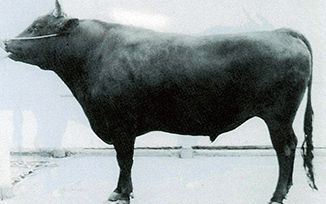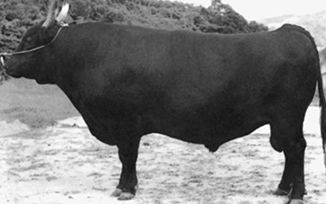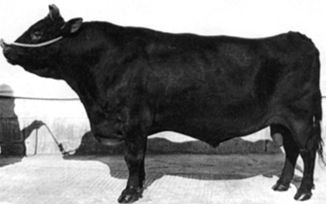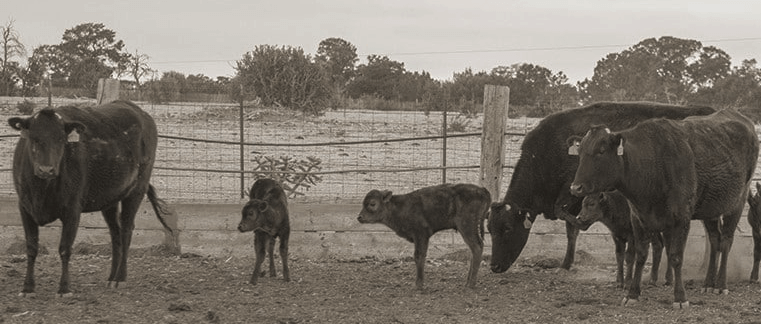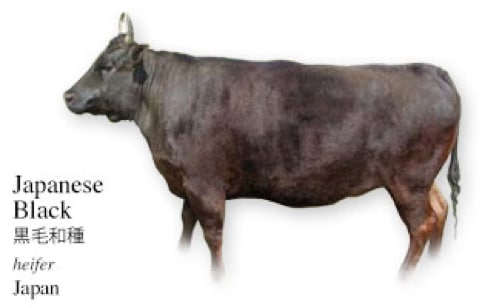
Japanese Black
The Japanese Black was primarily used as the “workhorse” prior to the turn of the 20th Century. This breed was improved during the Meiji Era through crossbreeding with foreign breeds, and was certified as indigenous Japanese beef cattle in 1944. It is raised in most Prefectures of Japan, and more than 90% of Wagyu raised and fattened in Japan is of this breed. Fine strips of fat are found even in its lean meat (known as marbling). The flavor of the fat is exquisite, with a buttery, tender texture that dissolves in one’s mouth. Slaughter age is around 28-30month with an average Japanese grade of BMS 5.6
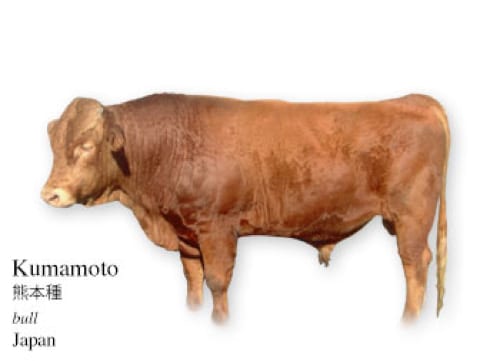
Japanese Brown (Referred to as Japanese Red outside Japan)
Also known as “Akaushi (Aka =red ushi =cattle),” the Japanese Brown is raised primarily in Kumamoto and Kochi Prefectures. The Kumamoto line is the most common with several hundred thousand in existence. The Kochi line has less than two thousand and can be distinguish by the dark points on its nose and feet. This breed was improved by crossbreeding Simmental with Hanwoo(Korean Red),
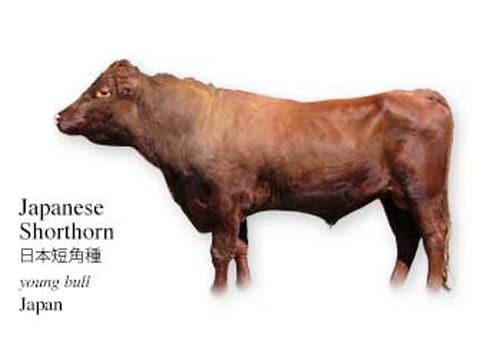
Japanese Shorthorn
This rare breed of Wagyu makes up less than 1% of all cattle in Japan and found only in Japan. They have a reddish brown coat and, per their name, small horns. Unlike Japanese Black, who are known for their rich marbling, Japanese Shorthorns have a high lean meat content with a savory flavor.
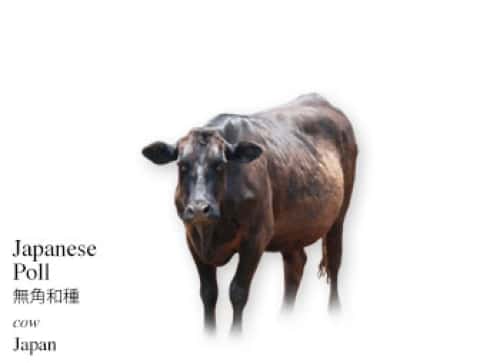
Japanese Polled (無角和種 Mukaku Washu)
The Japanese Polled was produced through crossbreeding of Aberdeen Angus imported from Scotland with the indigenous Japanese Black in 1920. It was further improved thereafter, and was certified as indigenous Japanese beef cattle in 1944. Its characteristics include its high lean meat content and distinctive Wagyu taste. It contains a high percentage of amino acid and has a rich chewy, meaty flavor.

